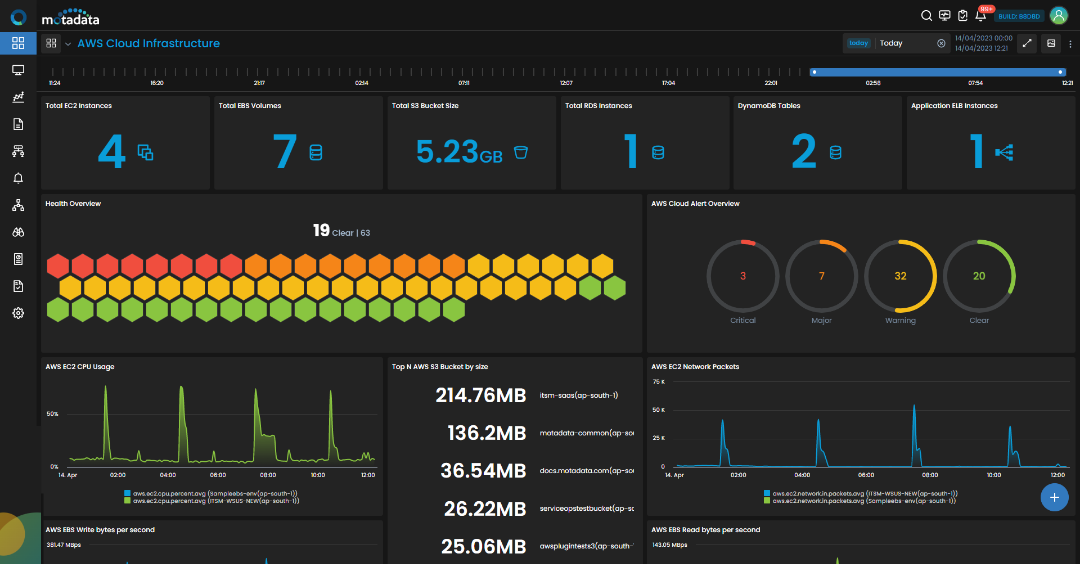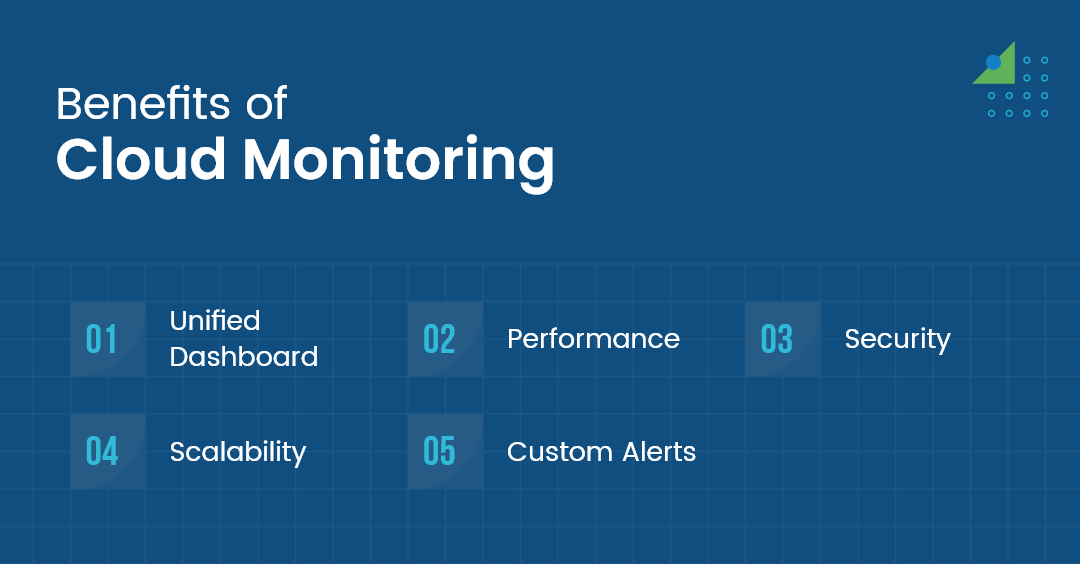Introduction
The cloud refers to software and services that operate over the internet rather than on your server or computer. By embracing the cloud, enterprises can find alternative strategies to reduce expenses while ensuring the constant availability of their services.
More and more enterprises are adopting the cloud to explore cost-saving options and ensure their data and systems are accessible to users anytime, anywhere. In fact, Gartner predicts that by 2026, 75% of enterprises will adopt a digital transformation model predicated on the cloud as the underlying platform.
However, the cloud is a highly intricate environment. To maximize the benefits for your enterprise, it is crucial to have complete visibility into every aspect of its operations. This is when cloud monitoring can take the lead. Cloud monitoring has become more important than ever, so here’s everything you need to know in detail.
What is Cloud Monitoring?
Cloud monitoring is a practice of evaluating, reviewing, and managing the operational activities and infrastructure within the cloud premise. The cloud monitoring solution keeps an eye on the entire cloud infrastructure and provides central access and control. It is essential to monitor the cloud for IT enterprises when the infrastructure is deployed on cloud premises and is heavily dependent on cloud services.
The role-based access allows admins to monitor the operational status and health of the cloud traffic and elements. Although the cloud offers infinite services, it is essential to strategize the monitoring practices based on organization and cloud infrastructure. Organizations often choose cloud monitoring to manage public clouds like AWS, but other cloud services can also take advantage of monitoring.
There are distinct types of clouds, such as private, public, and Hybrid. Private clouds are used the most in private organizations as it offers more control and feasibility to the internal IT departments. However, the more complex and different the organization’s infrastructure is, the more crucial it becomes to monitor and maintain its smooth performance and security.


